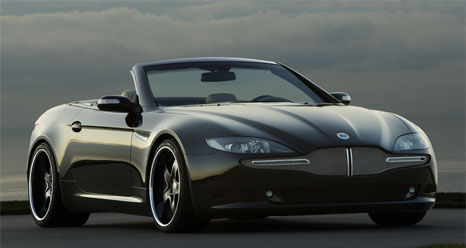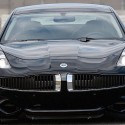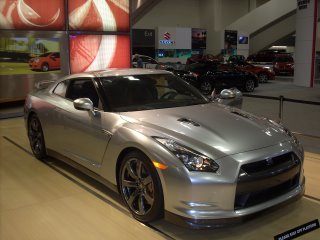The famed (or infamous) Fisker brand has been in the news quite a bit lately, both for its feats and its troubles, so what is really going on with Fisker? The brand is seen through many lenses, which in terms of marketing is not always the best trait to have. Enthusiasts see Fisker for the its cars and the masterminds behind its vision, while in-tune Americans might see it as a fad or a money pit for the already debt-laden U.S. government. It’s true, Fisker is both applaudable and troublesome, but both sides contribute to its intrigue.

Started in 2005 by ex-Aston Martin execs Henrik Fisker and Bernhard Koehler, Fisker was first Fisker Coachbuild, a high-end custom manufacturer that made extra-unique cars based on popular luxury sports cars like the Mercedes SL and BMW 6-series. These were very attractive cars that added a designer’s touch to already-fancy coupes. While many were sold, Fisker Coachbuild soon gave way to Fisker Automotive, an all-new path for the namesake, and one that would lead the way for luxury electric motoring.

Fours years later enters the Karma, an exotic all-electric sedan with a sexy, low-profile design scheme, ultra-premium interior, and a 2.5 ton weigh-in still capable of a sprint to 60 in under 6 seconds. These performance figures are thanks to the 403 horsepower and whopping 981 lb.ft. of torque from twin electric motors and naturally-aspirated four cylinder gas motor. Oh, and did we mention its 98 combined mpg and CO2 emmissions of 0.29 lb/mile (2012 Prius c = ~.49lb/mile). Having previously been coachbuilders, the Fisker team put together a top-notch interior covered in recycled yet premium materials to make it the perfect mix of luxury and sustainability. In fact, the wood trim is rescued from Californian bush fires and the bottom of Lake Michigan. This neat feat is not alone among many other sustainable efforts in the cars materials.


You may ask, how so soon was this “new” brand able to churn out a new model, and such a revolutionary one at that? The answer lies mostly in the fact that there was little “red tape” to cut through to get things done; the chief designer was also the CEO. Fisker did not always follower such a quick timeframe and if anything embraced the term “hurry up and wait,” seeing as how its July 2011 production start was three years after its 2008 North American International Auto Show debut. In addition, though Fisker is headquartered in Southern California, the Karma is produced at an active factory in Finland. Sounds expensive, right? Well, it is. At just over $100k, the Karma itself is comparatively affordable compared to its other high-end competition (Porsche Panamera, Aston Martin Rapide). But, we’ll see that the Fisker brand as a whole is very expensive to the many cooks in its kitchen.

So, how did the Karma do? Not too shabby. In 2011, the Karma racked in several “best of” and innovation-based awards from venerable sources such as Automobile, Time, and Top Gear magazines. Also, just last month marked about 1,500 Karmas delivered to customers in the U.S. and Europe. But, to the dismay of many, Fisker’s innovation in the Karma has been clouded by malfunctions and burning cash. In 2011, the first 239 Karmas built were recalled due to coolant leaks that caused battery fires. Add a non-functioning Karma purchased by none other than Consumer Reports and you have a bit of publicity mess for Fisker and some stubborn smudges on its brand image. Additionally, Fisker’s necessary appetitie for cash has been a constant struggle as they are forced to nickel and dime private investors to keep afloat and deliver on plans of an expanded line-up. Just recently it was reported that Fisker is seeking strategic partnerships with larger manufacturers, though details are still fairly sparse.

So, what do we get from this look at Fisker. We see that with high-design and innovation at its very core, the Fisker brand has great potential to expand and define our relationship with the hybrid/electric luxury car. The safety and functionality issues of the Karma are not easy nor are they good, but they are challenges that no manufacturer is immune to. Add some more cash and the possibility of a partnership with a more established brand and we may just see these problems dissolve and Fisker become the brand to beat.




